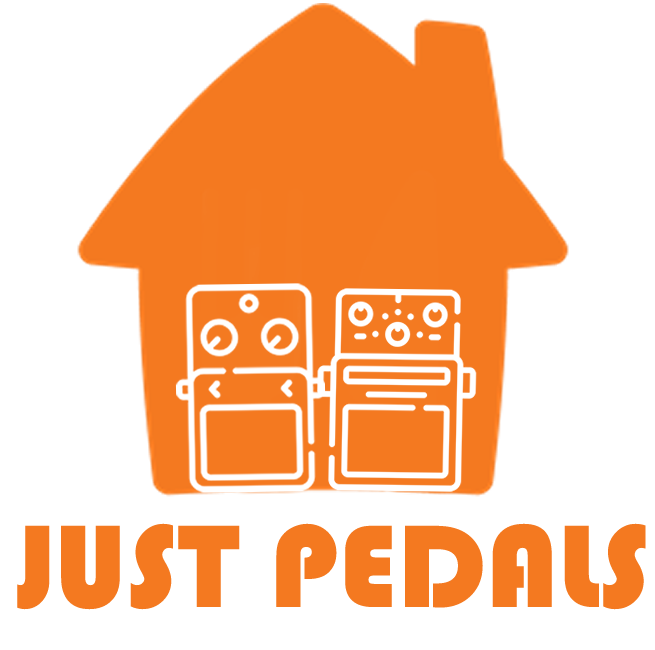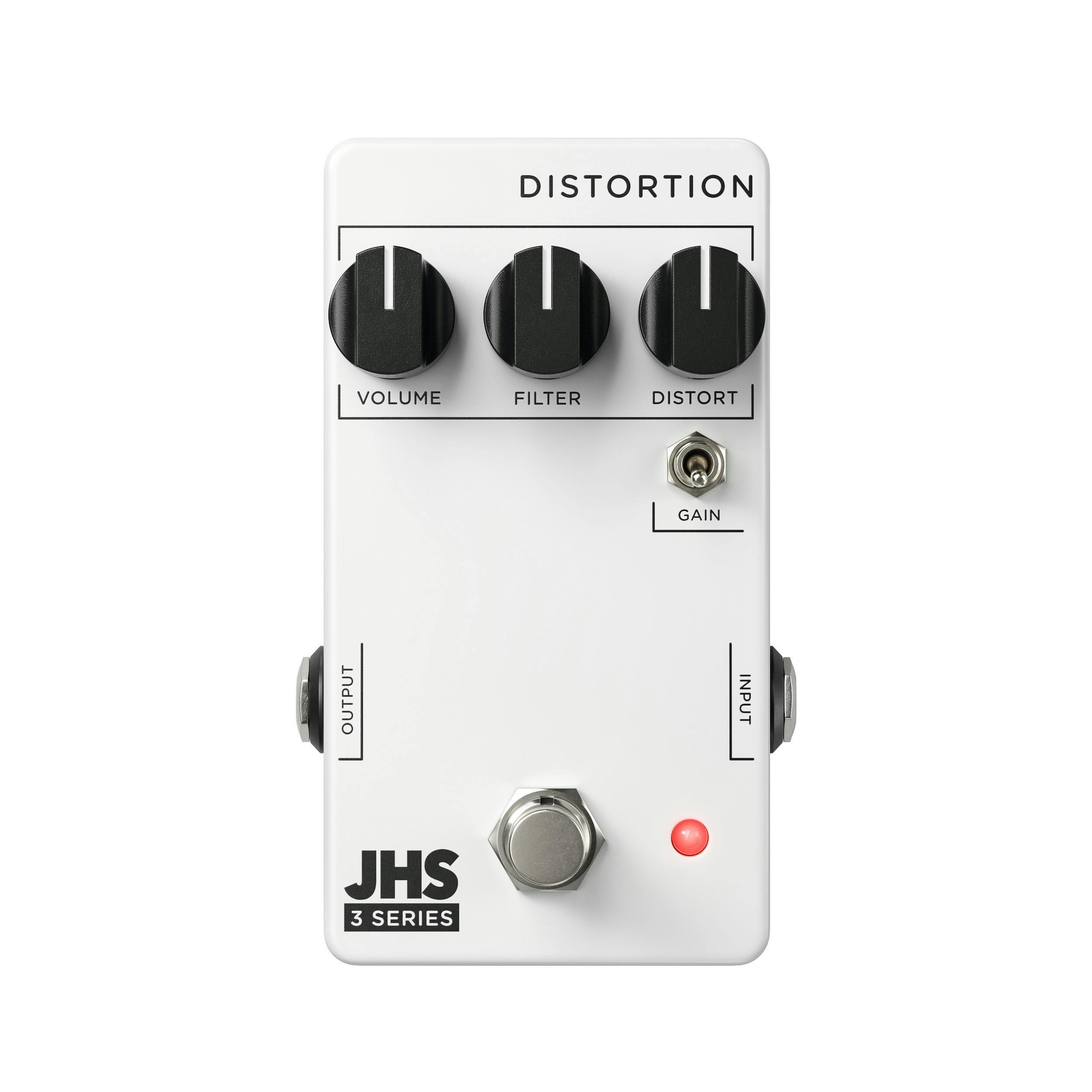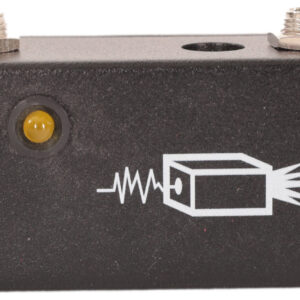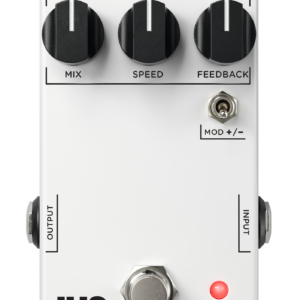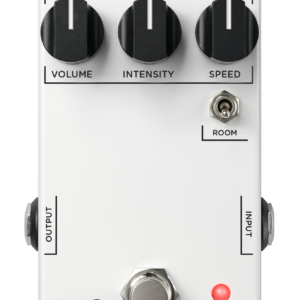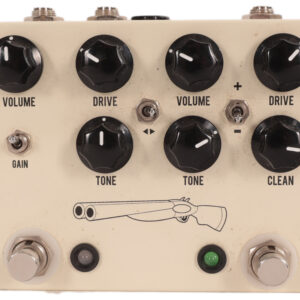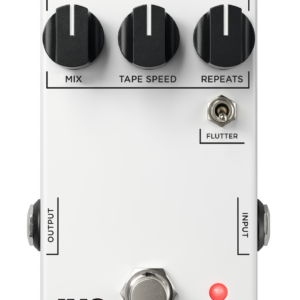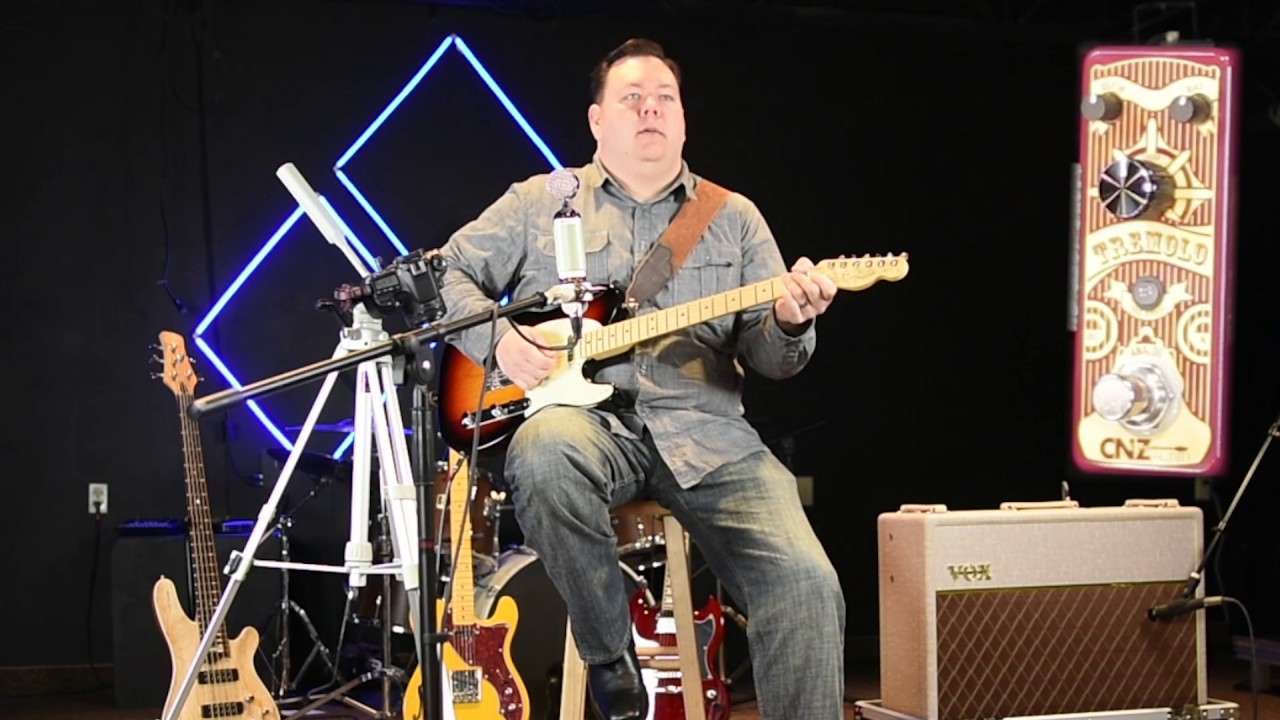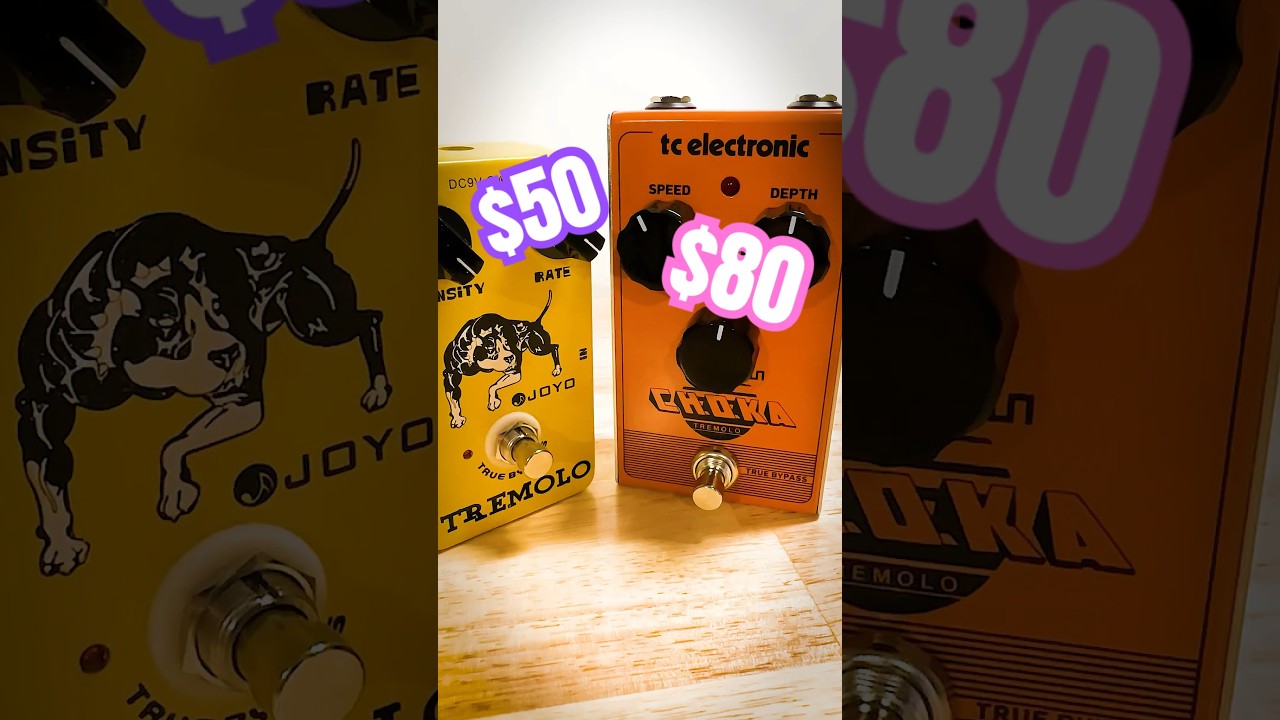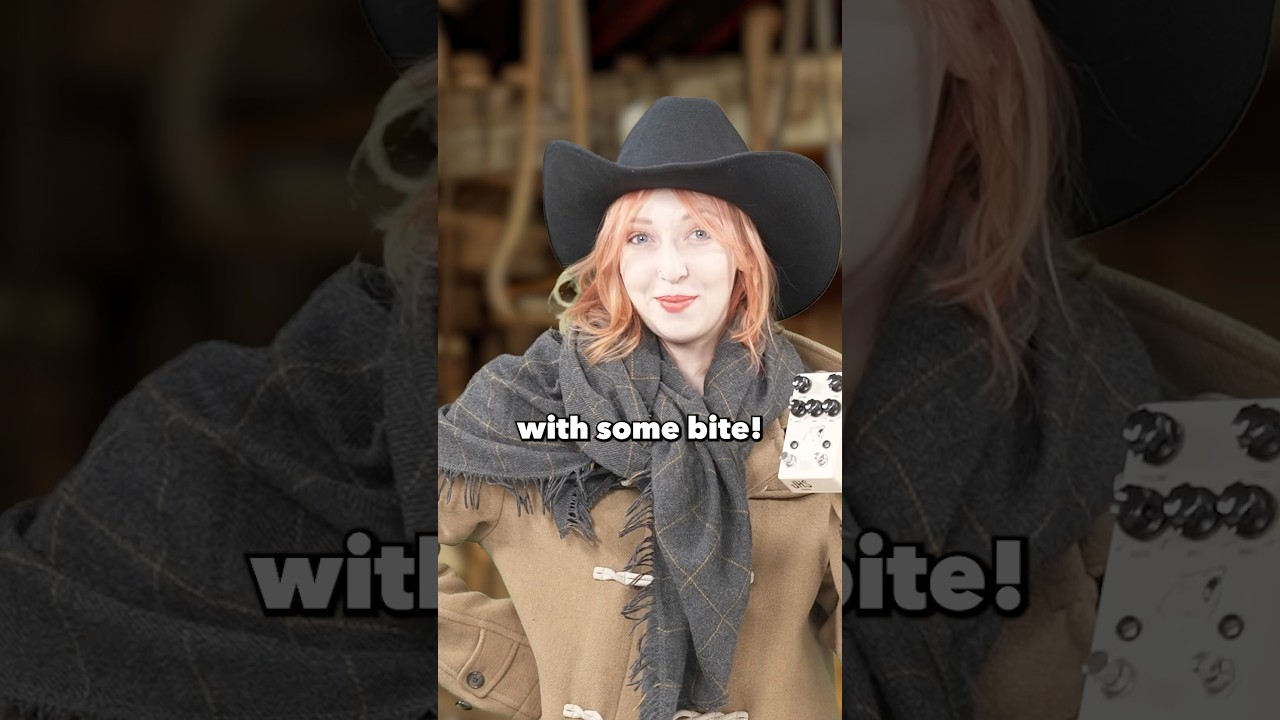Description
The JHS 3 Series Distortion Pedal is currently retailing at £99.99 and it is in stock. Available to be delivered to you by post direct (some charge may apply).The team at Just Pedals think that JHS Pedals nailed it with the JHS 3 Series Distortion Pedal. JHS 3 Series Distortion Pedal
We have new and used JHS Pedals musical equipment available on our website for fast direct delivery from sellers across the UK & Europe.
JHS Pedals is a prominent manufacturer of guitar effects pedals, known for their high-quality craftsmanship, innovative designs, and commitment to tone. Founded in 2007 by Josh Scott in Kansas City, Missouri, JHS Pedals has quickly gained a reputation for producing boutique-quality pedals that cater to a wide range of musical styles and preferences.
JHS offers a diverse lineup of effects pedals, including overdrive, distortion, fuzz, modulation, delay, reverb, and more. The company is known for its meticulous attention to detail and dedication to producing pedals that deliver exceptional tone and versatility. Many of their pedals are designed to capture the tones of classic vintage effects while incorporating modern features and improvements.
In addition to their standard pedal lineup, JHS Pedals also offers a range of signature pedals in collaboration with renowned artists and musicians. These pedals are designed to meet the specific needs and preferences of the artists, providing them with unique tones and features for their playing style.
With a commitment to innovation and a passion for tone, JHS Pedals continues to be a trusted name in the guitar effects industry, providing musicians with inspiring tools to shape their sound and creativity.
Distortion is a type of guitar effect that alters the sound by adding sustain, harmonic richness, and a gritty or aggressive character. It clips the audio signal, creating a more saturated and powerful tone. Distortion is commonly used in rock, metal, and punk music, offering everything from warm, crunchy overdrive to heavily saturated, high-gain chaos. Unlike overdrive, which mimics the natural breakup of a tube amp, distortion produces a more intense, compressed, and processed sound. Popular distortion pedals include the Boss DS-1, ProCo Rat, and MXR Distortion+.
Just Pedals is a new Guitar Effect Pedals Marketplace – We feature new and used Guitar Effect pedals from different sellers, to purchase online from the UK.
We checked and good news we have it in stock, it has your name on it.
Order today and we will have it with you in a jiffy !
Just the latest videos
Just related products
£96.84
Made in Kansas City USA This pedal represents years of Josh playing around with the legendary Tube Screamer circuit and wanting to offer those changes in an affordable package You will find more clean headroom, better usability as a boost, more versa…
read more
£109.99
Effect type: Distortion Construction type: analogue Mono/Stereo: Mono In, Mono Out Modes: 2 modes Switch: Gain
£90.44
Made in Kansas City USA Allows you to utilize Leo Fender’s revolutionary effect in a package much easier to tote than a vintage amplifier Toggle up is a great sounding amp trem, while toggle down is our take on harmonic trem effect Runs on 9V DC Nega…
read more
£90.40
Made in Kansas City USA Our take on Brian Eno's classic "Shimmer" effect that has been used for decades to allow the guitar to create pads and textures that fill out ambient space Toggle up layers in upper octave sounds, while toggle down layers in l…
read more
£182.14
Using this pedal is like adding a new and ultra-flexible distortion channel to your favorite clean amplifier Three-band EQ sets the Violet apart from our other popular distortion pedals Midrange control before the distortion circuit as a powerful pre…
read more
